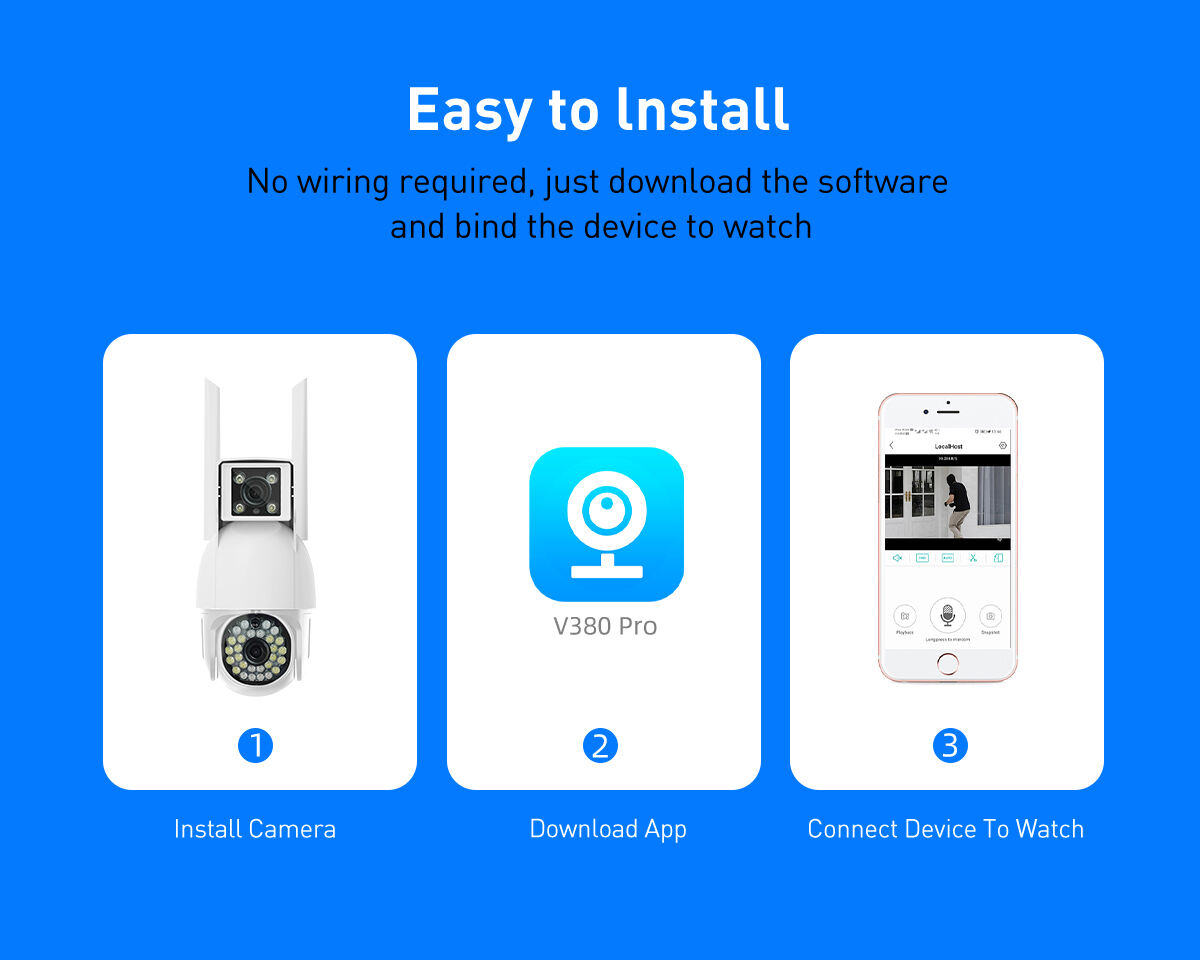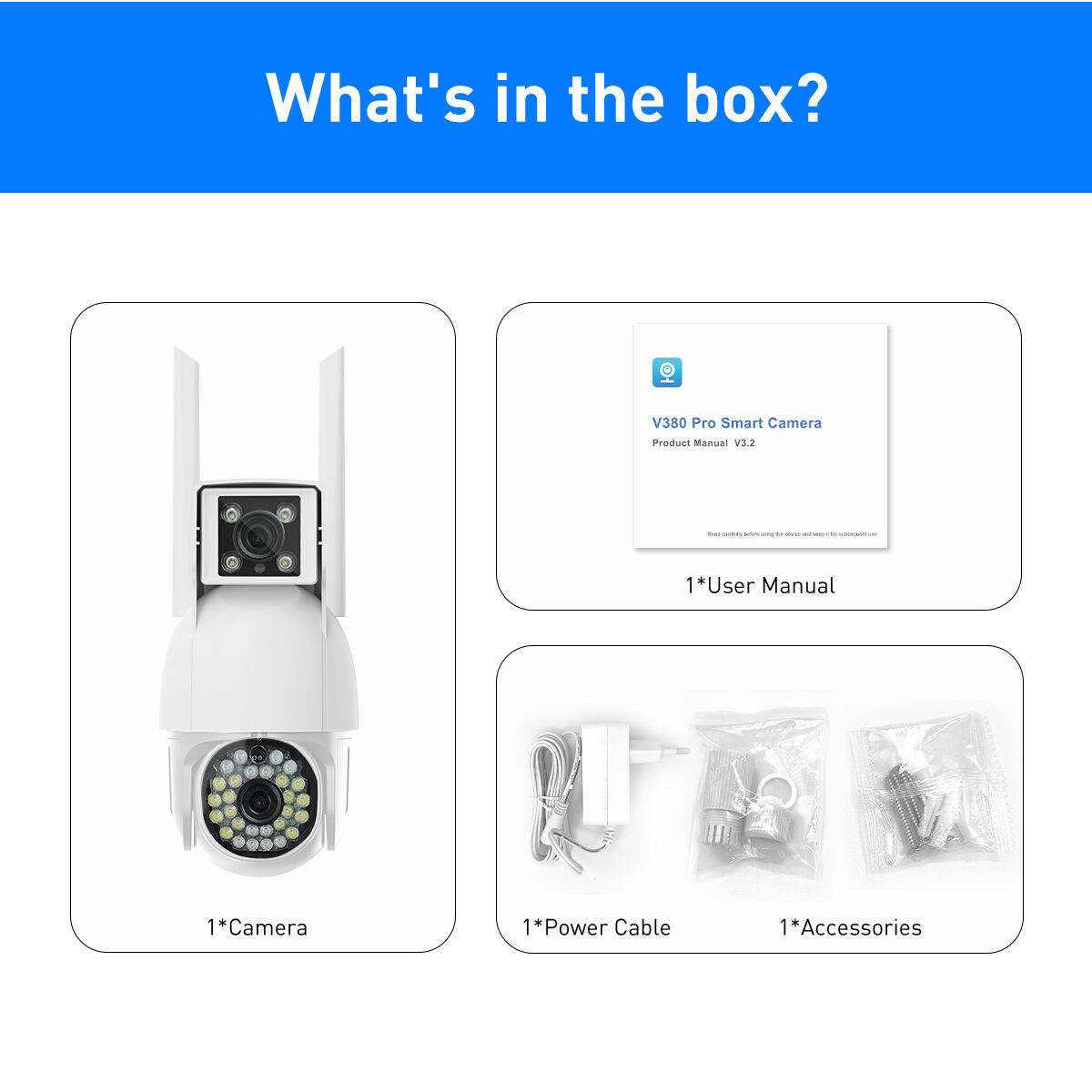digital dvb c
Digital DVB-C (Digital Video Broadcasting-Cable) represents a significant advancement in cable television broadcasting technology. This system enables the transmission of digital television signals through cable networks, offering superior picture quality and enhanced channel capacity compared to traditional analog systems. Operating on the principle of QAM (Quadrature Amplitude Modulation), DVB-C efficiently delivers high-definition content while maximizing bandwidth utilization. The technology supports multiple service delivery, including standard and high-definition television channels, digital radio stations, and interactive services. One of its key technological features is the ability to compress digital signals, allowing for more channels to be transmitted through the same cable infrastructure. DVB-C systems typically operate with various QAM configurations, from 16-QAM to 256-QAM, providing flexibility in balancing signal robustness and data throughput. The system incorporates advanced error correction mechanisms, ensuring reliable signal reception even under challenging conditions. Furthermore, DVB-C supports conditional access systems, enabling operators to implement secure content delivery and subscription-based services effectively.


